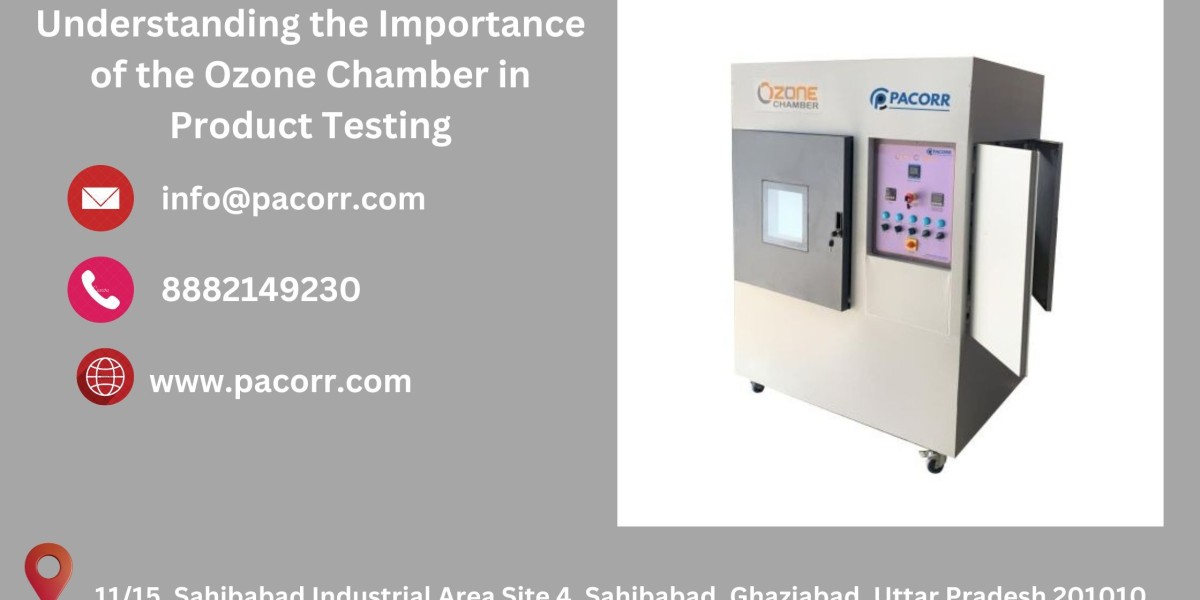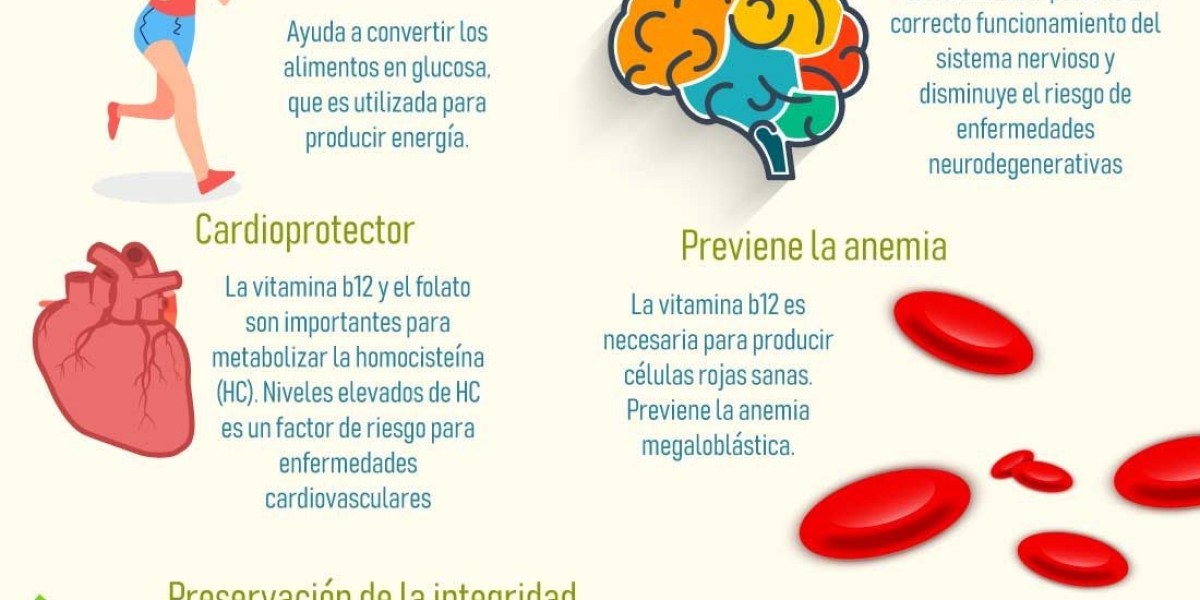Introduction
In today’s competitive market, ensuring the durability and quality of products is paramount. Manufacturers are constantly striving to enhance the longevity of their products, especially those exposed to harsh environmental conditions. The Ozone Chamber is one such critical testing instrument that helps industries ensure their products can withstand the effects of ozone exposure. This article delves into the significance, working principle, and applications of the Ozone Chamber.
What is an Ozone Chamber?
An Ozone Test Chamber, also known as an Ozone Aging Chamber, is a specialized piece of testing equipment designed to simulate and accelerate the aging process of materials when exposed to ozone. Ozone is a highly reactive gas present in the atmosphere that can cause significant degradation of materials, particularly rubber, elastomers, and other polymers. The Ozone Chamber replicates the conditions that materials might encounter in real-world environments, allowing manufacturers to assess their product's resistance to ozone-induced deterioration.
Why is Ozone Testing Important?
Ozone exposure can lead to cracking, loss of elasticity, and other forms of material degradation, which can compromise the integrity and functionality of products. Industries such as automotive, aerospace, medical devices, and consumer goods rely on materials that must maintain their properties over extended periods, even in harsh conditions. By subjecting materials to controlled ozone exposure in an Ozone Chamber Price manufacturers can:
- Identify Vulnerable Materials: Determine which materials are susceptible to ozone degradation, allowing for informed material selection.
- Enhance Product Durability: Develop and refine materials or coatings that are more resistant to ozone, thereby extending the product’s lifespan.
- Comply with Standards: Ensure that products meet industry standards and regulations that require ozone resistance, such as ASTM D1149, ISO 1431, and others.
Working Principle of the Ozone Chamber
The Ozone Chamber Manufacturer operates by generating ozone gas in a controlled environment where the material sample is exposed to varying concentrations of ozone for a specified period. The key components of the Ozone Chamber include:
- Ozone Generator: Produces ozone gas by passing oxygen through an electrical discharge or ultraviolet light.
- Test Chamber: The enclosed space where material samples are placed for testing. The chamber allows for precise control over ozone concentration, temperature, humidity, and exposure time.
- Control System: An integrated system that regulates and monitors the ozone concentration, ensuring consistent and accurate testing conditions.
During the testing process, the material samples are inspected for signs of degradation, such as cracking, discoloration, or changes in physical properties. The results are then analyzed to determine the material's resistance to ozone exposure.
Applications of the Ozone Chamber
The Ozone Chamber is a versatile testing instrument with applications across various industries:
- Automotive Industry: Tires, seals, hoses, and other rubber components are tested for ozone resistance to ensure they can withstand prolonged exposure to outdoor conditions without cracking or losing elasticity.
- Aerospace Industry: Components used in aircraft, such as gaskets, seals, and insulation materials, are subjected to ozone testing to ensure they perform reliably at high altitudes where ozone concentration is higher.
- Medical Devices: Ozone testing is crucial for medical-grade elastomers used in equipment like catheters and tubing, which must remain durable and safe over their intended lifespan.
- Consumer Goods: Products like footwear, sports equipment, and outdoor gear that are exposed to the elements undergo ozone testing to guarantee longevity and performance.
Choosing the Right Ozone Chamber
Selecting the appropriate Ozone Chamber Manufacturer depends on several factors, including the type of material being tested, the required ozone concentration, and the specific industry standards that need to be met. Key considerations include:
- Chamber Size: Ensure the chamber is large enough to accommodate the size and number of samples you intend to test.
- Ozone Concentration Range: Choose a chamber that can generate the required range of ozone concentrations relevant to your testing needs.
- Control Features: Opt for a chamber with advanced control features that allow for precise regulation of testing conditions, including temperature, humidity, and ozone concentration.
Compliance with Standards: Verify that the Ozone Chamber Supplier meets the relevant industry standards, ensuring the reliability and accuracy of test results.
Conclusion
The Ozone Chamber is an indispensable tool for manufacturers looking to ensure the durability and quality of their products in environments where ozone exposure is a concern. By investing in this advanced testing equipment, industries can safeguard their products against premature aging, reduce the risk of failure, and meet the stringent requirements of today’s market. Whether in the automotive, aerospace, medical, or consumer goods industry, the Ozone Chamber Supplier plays a crucial role in enhancing product performance and longevity.








